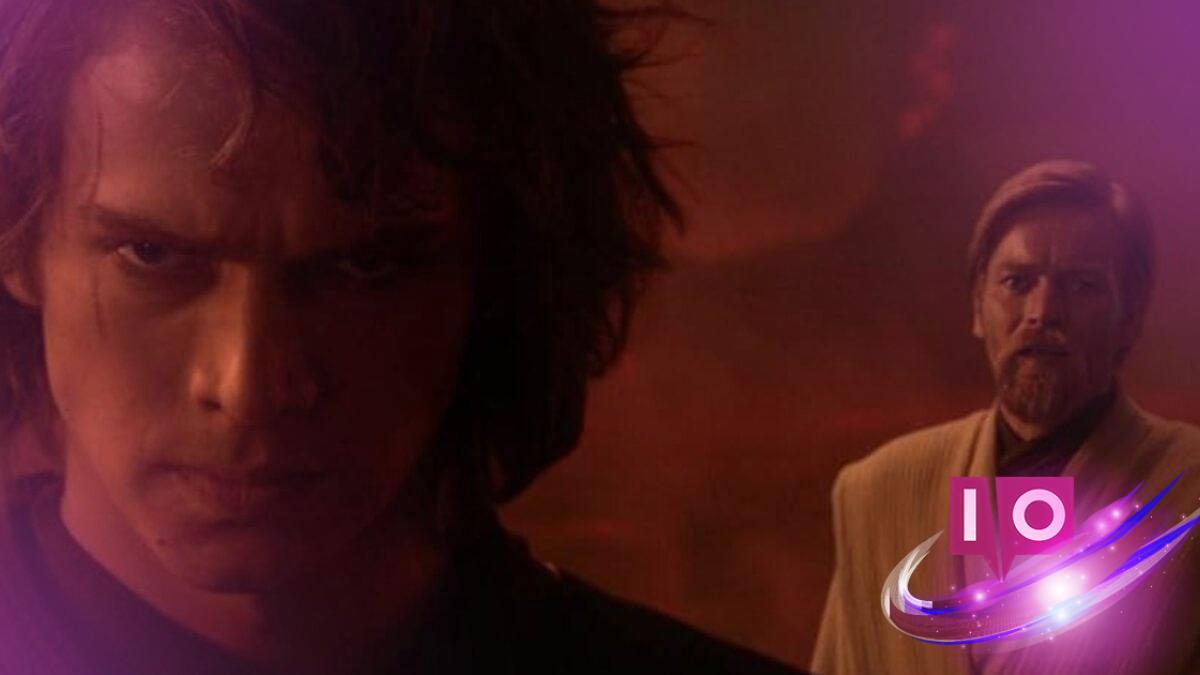The novelization of Star Wars Episode III: Revenge of the Sith is more than just a retelling; it’s an exploration of the deeper themes surrounding Anakin Skywalker’s tragic fall. Matthew Stover’s edition offers a nuanced take that delves into Anakin’s psyche, providing insight that the film only skims. As the 20th anniversary of this novel approaches, it’s a perfect time to revisit why this book remains a beloved part of the Star Wars legacy.
Despite facing criticism upon its initial release, Stover’s adaptation has been celebrated among ardent Star Wars fans, particularly those who grew up with the story. He skillfully navigated the narrative’s complexities with both the blessing of George Lucas and a profound understanding of mythic storytelling.
1. The Unique Approach to the Novelization
In a refreshing interview with Entertainment Weekly, Stover revealed his creative process. Tasked with capturing Anakin’s internal struggle, he emphasized the challenge of writing without viewing the final film. He relied solely on the script, his imagination, and his extensive knowledge of Star Wars lore.
2. Drawing from Greek Tragedy
Stover’s approach was heavily influenced by Greek tragedies. He studied theatre history with a focus on ancient drama, understanding that great tragedies resonate even if the audience is already familiar with the outcomes. This classic foundation allowed him to craft a story that embraced both the familiar and the new, treating Anakin’s tale as a timeless myth.
3. Integrating the Expanded Universe
Stover recognized the importance of the Star Wars Expanded Universe (EU) in enriching the story. His desire to weave elements from the EU stemmed from a genuine belief that it would enhance the narrative’s depth and texture. This approach offered fans a broader context and connected the story of Anakin with familiar characters and events from across the galaxy.
4. A Liberating From George Lucas
One of the most enlightening moments in Stover’s journey came when he asked Lucas how closely he should adhere to the script. Lucas encouraged him to prioritize storytelling over rigidity. “Just make it good,” he advised, enabling Stover to feel free in his adaptation.
5. What Makes This Novelization Stand Out?
The novelization stands apart not only for its darker tone but also for its commitment to presenting a tragic myth. Stover aimed to showcase the significance of this chapter in the Star Wars saga, suggesting that it is the foundational tale that informs everything else in the universe.
How did Matthew Stover develop Anakin’s character in the novelization?
Stover expanded on Anakin’s perspective, offering readers an intimate look at his internal turmoil, which creates a richer understanding of his choices and motivations.
What challenges did Stover face while writing without seeing the film?
He had to rely solely on the script and his knowledge of the Star Wars universe, making it a unique challenge that required creativity beyond visual reference.
How does Greek mythology influence the narrative style?
Stover employed elements of Greek tragedy, ensuring that the narrative felt more timeless and dramatic, aligning Anakin’s arc with classic hero tales.
What role does the Expanded Universe play in the novelization?
Stover incorporated EU elements to add depth, connecting Anakin’s story with larger events and characters within the Star Wars lore.
Why did George Lucas encourage creative freedom in the novelization?
Lucas believed in the storytelling as a priority, allowing Stover the freedom to innovate while preserving the core narrative.
In conclusion, Stover’s Revenge of the Sith novelization is much more than a retelling; it’s a thoughtful addition to the Star Wars tapestry, exploring timeless themes of tragedy and heroism. If you want to delve deeper into the galaxy far, far away, explore more related content at Moyens I/O.
